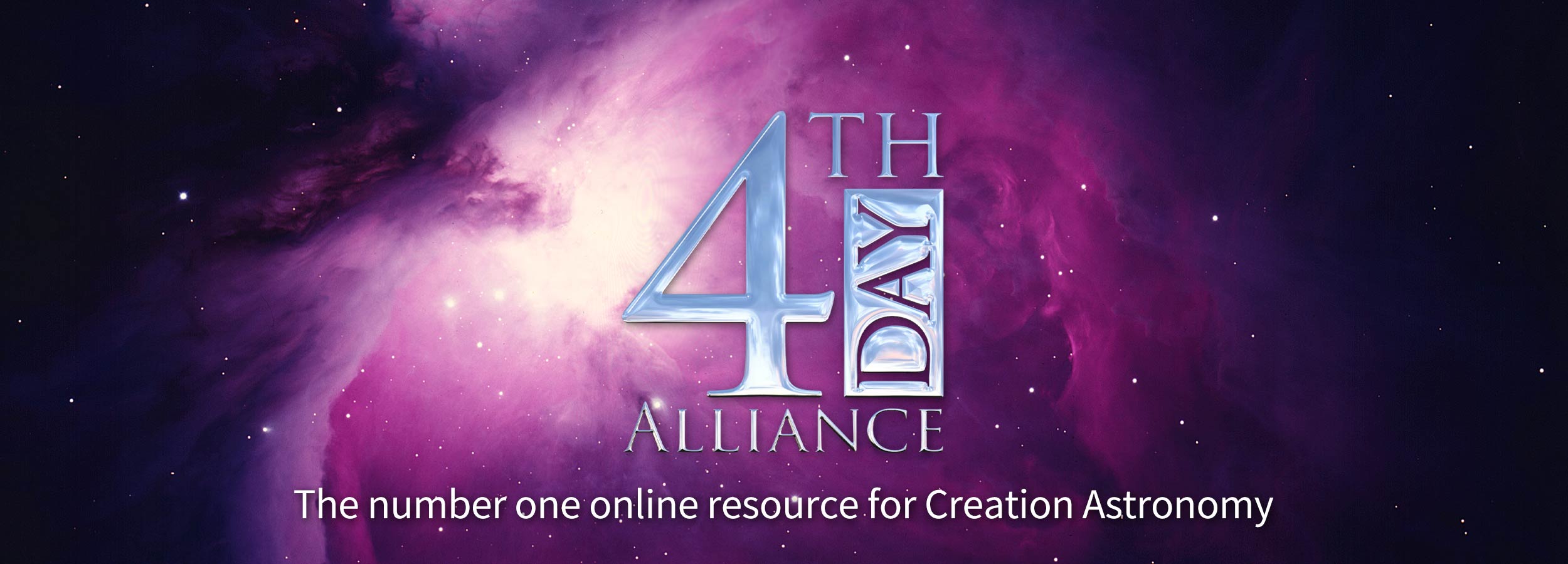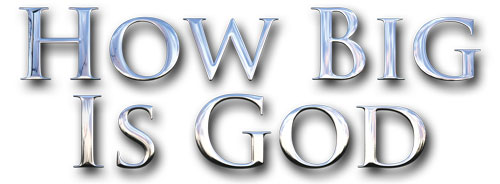
by Rebecca Jones

At the outset, it should be noted that Poole is gifted in using ordinary language which is neither pretentious nor complex. She writes in a likable style that speaks to the reader in a next-door neighbor type of way. But this simple language is also Poole’s weakness. Adam’s Astronomy lacks the logical conclusions and historical support proofs that would make this a work that could be recommended. Surely she has taken on a difficult task when promising new and hidden knowledge. One that requires much more content and far fewer conjecture scenarios than formulated here.
SLIPPERY EXAMPLES
There is an intellectual trust that needs to be established between author and reader that is simply not established in this work. While I feel that Poole has given this topic much time and thought, I would like to see her discard the examples that take away from her work (including the following) and enhance her work with solid proofs. In order to provide a constructive criticism, I wanted to share just a couple specific examples from the first chapter:
1. Adam, Seth and Enoch are said to have chosen to create Bible truths in the constellations (pg. 2) because they thought writing a book or creating a monument would be ineffective. Poole’s exact statement: “Adam, Seth and Enoch wanted to alert people to the truth, but how could they communicate that to everyone? If they wrote a book, people might not read it. If they set up a monument, people might move away. They needed a permanent reminder visible to all.”
Here Poole proposes that the writing of a book and the setting up of monuments are ineffective means of communicating with man. She seems to forget that these are the very methods God has used continually throughout history. We are also told that the work of establishing the constellations and their meaning was a work of Adam, Seth and Enoch, not God. This idea is not supported by Scripture or any other reference anywhere. In fact, it seems to contradict the author herself. This type of conjecture, used often, simply displays a lack of intellectual respect for her reader and discredits her other points.
2. The author uses Scripture too loose and fast to prove her point. When referencing Jude, Poole says that these verses (discussing evil religious rulers) really prove that Enoch knew about the stars simply because the term “wandering star” was used in a verse with his name. The actual verses are from Jude 1: 13-15 speaking of evil men: “They are wild waves of the sea, foaming up their shame; wandering stars, for whom blackest darkness has been reserved forever."
Enoch, the seventh from Adam, prophesied about them: "See, the Lord is coming with thousands upon thousands of his holy ones to judge everyone, and to convict all the ungodly of all the ungodly acts they have done in an ungodly way, and of all the defiant words ungodly sinners have spoken against him.” Clearly this verse is stating that Enoch prophesized about the ungodly and their destruction, not that he was an astronomer or using the stars. Poole’s exact statement: "Grouping [the words] Enoch, prophecy and wandering stars suggests Jude knew Enoch used the stars to illustrate his prophesies."
This is poor interpretation. By this logic, we could pop open the Bible and make any verse say anything we want. We could say, for example that a verse mentioning David moving the bones of Saul (2 Samuel) could imply that David (who is in the line of Christ) was aware that not a bone of Christ’s would be broken. David and bones are in the same verse, but the leap it would us take to get from this verse to this new idea just does not play out logically. It is offensive to use Scripture so loosely.
Although the author is sincere and appears to have a real desire to give God special credit for the zodiac symbols we recognize today, without a rewrite that gives intellectual proof to this good intent I would be unable to recommend this book. As I stated, I believe her writing style is nice and it is my hope that she would consider sharpening her arguments with other critical thinkers to create a work that would answer the questions many are asking.
I wish Mrs. Poole only the best in her future endeavors.
PROS: Easy to read and engaging writing style. Author demonstrates a sincere desire to give God credit for modern zodiac symbols. The premise is compelling.
CONS: A lack of proof text and reference to convince reader of authors points. Loose use of Scripture at times. Several slippery examples that distract from her intended objective.
Star Rating: 2 stars

by Kelly Fitzpatrick

The author, Ms. Poole, straightforwardly professes that her book makes a wide sweep of a story from eternity to eternity. The book was short, the chapters easy to read, but all 67 pages could have been summed up in the above succinct paragraph. Ms. Poole’s assumptions are just as reasonable and it is obvious throughout the pages of her book that her heart seeks to glorify God. Parents of the past and parents of the present use the skies as a means of pointing their children to the Deliverer. Not a big leap.
Ms. Poole concedes that much of this story is all in the mind of God when He created the world. She states that her text would not contradict the Scriptures. Unfortunately, we cannot know the mind of God but this book asks its audience to fill-in blanks that we lack the ability to. She asks the reader to make large leaps in their imagination to believe all of her wonderings based on the research of one Victorian lady. Ms. Poole relies on a “British Lady” to help her make her case for the assertion that mankind, from the beginning, acknowledged and understood the constellations as a means for sharing the greatest story ever told—the Message of a Savior. This may very well be the case, as she purports that Noah may have added the ship to the sky’s constellation. Maybe great-grandfather Seth did use the sky as a big screen at family gatherings. Just because the sky predated TV does not mean that we can know what stories they were telling of the stars.
Ms. Poole does not begin to support her creative conjecture until chapter six. In chapter six, a standout in text and illustrations, Ms. Poole begins to connect the dots, or stars. A beginning reader starts to see her text as more than an Old Testament review. It appears that this book was written for readers with a more-than-basic understanding of the zodiac and cursory knowledge of astronomical terms. Based on the title and the summary, this homeschooling mom picked up the book in anticipation of seeing the sky from the perspective of a creation-scientist who loves the Star Maker. Ms. Poole declares her intent otherwise in her preface. Ms. Poole’s knowledge of the Bible is apparent and her love for the Deliverer (chapter 6) is obvious within the text. However likely that the first fathers were sharing the Truth with their families using the stars is, the book did not offer more compelling evidence other than her own passion and a British Lady’s life work. This astronomy beginner needed more assistance and compelling evidence connecting the stars. The book was a robust faith builder which appears to have been her goal anyway.
PROS: good review of biblical stories and characters, nice illustrations in chapter 6, intriguing topic, understanding of historical and cultural information of ancient times, helpful Scriptural references in footnotes, multiple appendices with charts, short, easily read chapters/book
CONS: many references of astronomical terms without adequate explanation or definition, not enough scientific/historical evidence for the assumptions made in the text, not written for less-informed audience
Star Rating: 3 Stars

by Dan Puser

Much of the book seems pull from or summarize the ideas from Henry Morris’ “The Long War Against God”, Alexander Hislop’s “The Two Babylons”, Richard Allen’s “Star Names”, and, of course, the work of Frances Rolleston. If one is looking for an executive summary on the subject of the history of the names of the zodiac and stars, without a lot of details about how the conclusions presented were reached, then “Adam’s Astronomy” just might provide the quick read one desires. Ms. Poole’s writing style is smooth and easy to follow. She provides sufficient explanation of astronomy terms and ideas so that non-astronomers can follow along for the most part. And, at only 67 pages, including appendices and bibliography, a reader could get through the book in 1 sitting.
However, if one wishes to delve more deeply into the topic, then perhaps reading Ms. Rolleston’s notes, collected into the posthumously published book “Mazzaroth: The Constellations”, or reading either Ethelbert Bullinger’s “The Witness of the Stars” or Joseph Seiss’ “The Gospel in the Stars” (both 19th century books based on Ms. Rolleston’s research) would satisfy the hunger for more thoroughly researched and presented material. While many ideas and information presented are credited to others, too much of the material presented is simply stated without any references support the assertions made. It leaves one with lingering questions like “how do she know that?” and “why is that true?”
Pros: Easily accessible for most readers; good, basic illustrations and explanation of the original constellations; handy tabular summary of constellation and key star names. Chapter 5, the brief biography and introduction to the work of Frances Rolleston, was one of the more interesting chapters.
Cons: Many ideas and statements are not backed up with references to other works or footnotes citing source of the material. Feels somewhat disjointed when moving from Chapter 1 (the background and premise of the book) to chapters 2-4 (the ancient history sections) to Chapters 5-7 (the summary of Ms. Rolleston’s work).
Star Rating: 3 Stars

ADDRESS:
4th Day Alliance
1908 E Osceola Pkwy #222
Kissimmee, FL 34743
(689) 888-7944
4th Day Alliance
1908 E Osceola Pkwy #222
Kissimmee, FL 34743
(689) 888-7944

